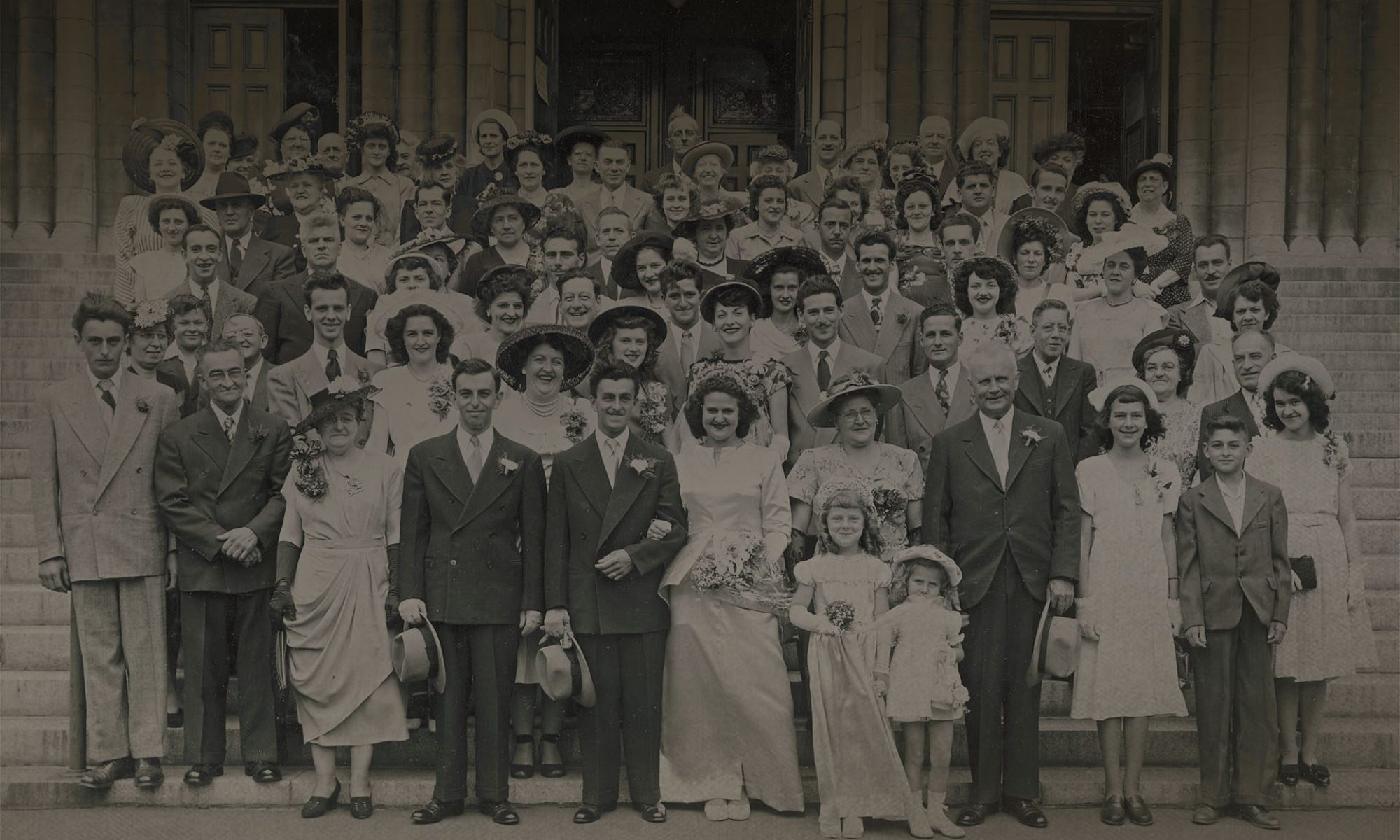This post is also available in: Français

My last publication, Slavery as witnessed through New France’s parish registers, demonstrated how the presence of enslaved First Nation and African slaves on Quebec territory could be detected in the parish registers. This first study only grazes the surface of this poorly documented population’s history.

This article will demonstrate that slavery was omnipresent in French Canadian society, mostly during the 18th century. Slaves were owned and used by people issued from the whole socioeconomic spectrum. It is a common misconception that slavery was practiced exclusively by the elite, yet farmers, blacksmiths, traders, clergy members and governors also enslaved Native and African individuals.
The parish registers, available on the Drouin Institute’s website Genealogy Quebec, allow us to find slave owners from every socioeconomic level. For example, the sisters of the Congregation, members of the clergy, owned five slaves between 1733 and 1796: two Panisse girls, one Fox, two Poutéoutamises and one male of African descent named Paul Étienne:
” The twenty-nine of November one thousand seven hundred seventy-two by me, undersigned priest, was buried in the cemetery near La Poudrière the body of Paul Etienne [black] belonging to the sister of the Congregation, who died yesterday in the hospital aged about seventy years. Were present Mr. Fortin and Pierre Baron beadle who have undersigned “
« Le vingt neuf novembre mile sept cent soixante et douze par moy pretre sousigné a eté inhume dans le cimetière proche la poudriere le corps de paul étienne [noir] appartenant au sœur de la Congregation, decedé d’hier a l’hopital âgé d’environ soixante dix ans ont étés presens monsieur fortin et pierre baron bedeau qui ont sousignés [sic] »

Paul Étienne was likely given or sold to the sisters of the Congregation because of his old age, which made him useless to the family that enslaved him in his younger years. He was baptized only one year and two months before his death. No other part of his life is known as of today.
The king of France is regularly mentioned as a slave owner in the archives. We identified 26 individuals who were slaves to king Louis XV. Curiously, France advertises itself at the time as a free land for everyone (Peabody, 1996 : 3). Many French and Quebecers would be surprised to know that their ancestors enslaved Native and Black men and women, in New France as well as on the old continent (Boulle, 2007).
Among the king’s slaves, we find two Panisses who were buried simultaneously:
” On the eleventh of November, one thousand seven hundred and fifty-six were buried in the cemetery of the general hospital the bodies of two small panises belonging to the king who died on the present day, baptized in the room. Was present Mr. Curatteau ecclesiastique who signed. “
« Le onze novembre mil sept cent cinquante six a été inhumé dans le cimetière de lhopital general les corps de deux petits panisses appartenant au Roy décédés du jour présents, ondoyés dans la sale. A été présent Mr Curatteau ecclisiastique qui a signé [sic] »

We do not know the name or the age of these two little girls: they have lost their voices. They were likely predestined to domestic work for the hospital or would have occupied other functions serving the population and the king. One can only speculate on their situation.
After receiving a death sentence for attempting to escape his condition in Martinique, a black slave named Mathieu Léveillé is offered the possibility of avoiding death on the condition he migrates to Canada and becomes maître des hautes œuvres de la société under the king of France. The tasks associated with this title consisted of torturing prisoners and executing death row inmates. As a matter of fact, he was the torturer of Marie-Josèphe-Angélique, a black slave accused of having set the city of Montreal on fire. He died ten years after his arrival on Quebec territory, during which he was hospitalized eleven times. Mathieu Léveillé will have fled certain death in Martinique to impose the death penalty on the criminals of New France.
” On the tenth of September, one thousand seven hundred and forty-three was buried in the cemetery of the Hôtel Dieu of Quebec the body of Mathieu [black] maitre des hautes oeuvres who died the previous day aged about thirty-four years and provided with the sacraments of penance and extreme unction were present Jean Baptiste Le Fort Devilleneuve and Louis Rose dit Bellefleur who signed with us “
« Le dixieme Septembre mil sept cent quarante trois a été enterré dans le cimetière de l’hôtel Dieu de quebec le corps de mathieu [noir] maitre des hautes œuvres mort le jour précédent âgé d’environ trente quatre ans et muni des sacrements de penitence et d’extreme onction ont été présente Jean Baptiste le fort devilleneuve et Louis rose dit Belle fleur lesquels ont signé avec nous [sic] »

The first part of this article demonstrated that the enslavement of native and black individuals was widely accepted in society, although it was not the norm in France. In the second part of this article, we will direct our observation towards slaves living within commoners.
Cathie-Anne Dupuis
MSc. Demography,
Doctoral candidate in history
BIBLIOGRAPHY
Boulle, Pierre H. 2007. Race et esclavage dans la France de l’Ancien Régime. Paris, France: Perrin.
Peabody, Sue. 1996. « There are no slaves in France » : the political culture of race and slavery in the Ancien Régime. New York ; Oxford: Oxford University Press.


